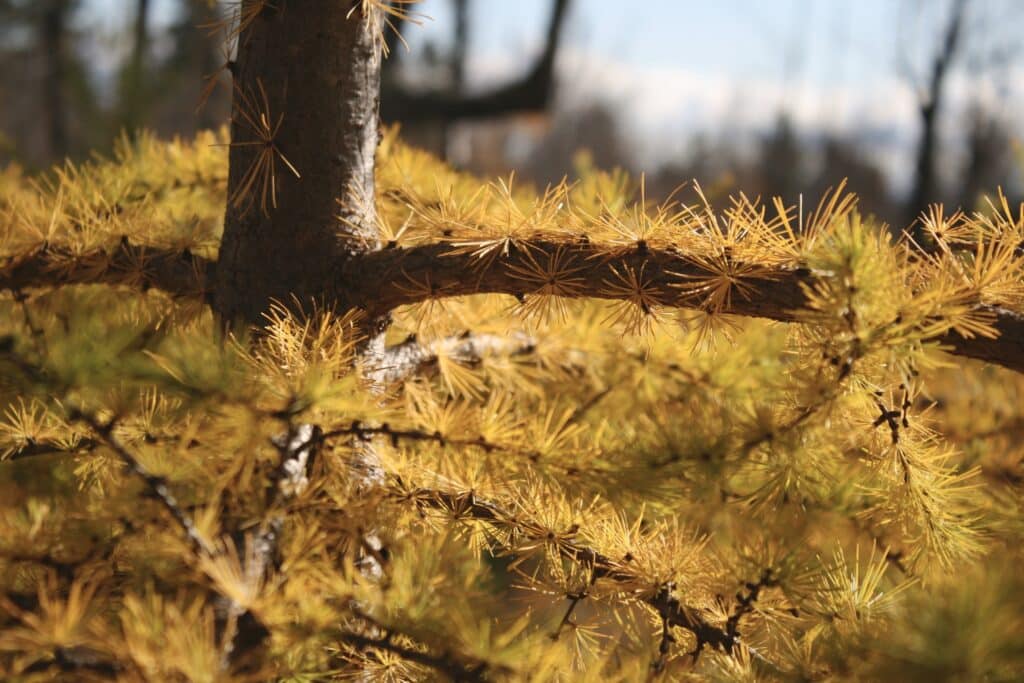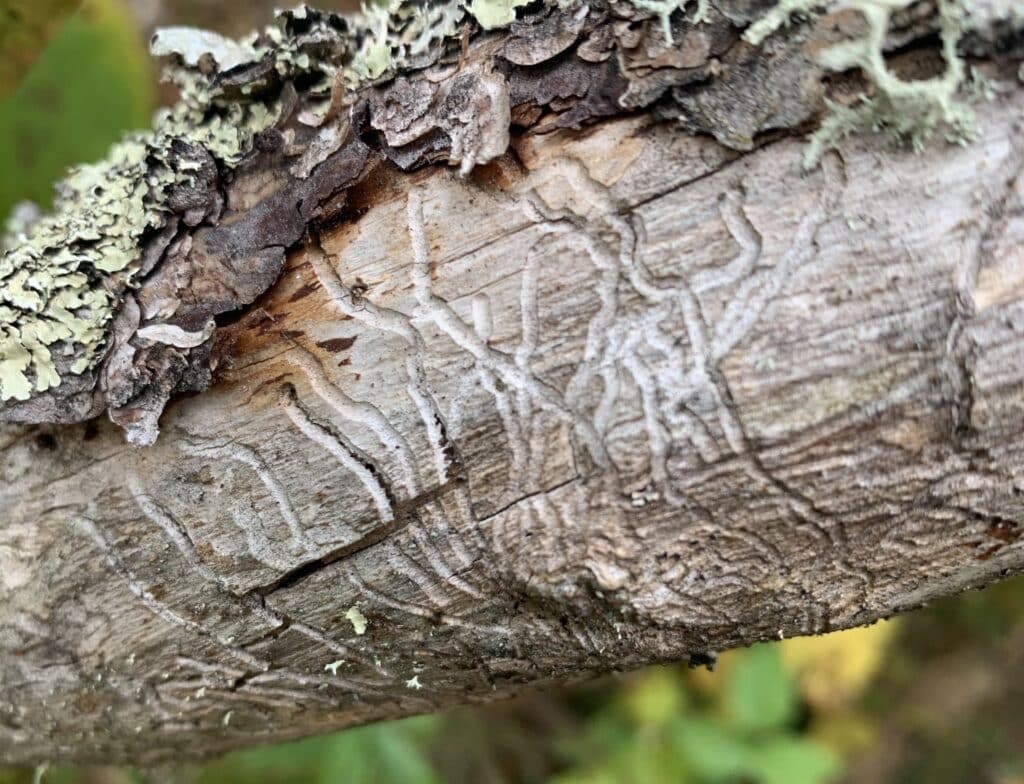
An iconic tree species most often found in northern Minnesota’s peatlands and bogs is facing a serious threat connected to climate change. Tamaracks are renowned for being the only conifer in Minnesota that loses its needles in the fall. But, in the past two decades, more than half of Minnesota’s tamarack trees have been killed by a native insect, and experts say the tree species may not survive in the state.
The Star Tribune recently reported how longer warm weather seasons are in part responsible for insect outbreaks that are destroying vast stands of the trees. While eastern larch beetles have always co-existed with tamaracks, typically only attacking diseased or stressed trees, since 2001 they have been wiping out vast swaths of healthy tamaracks.
In the past 20 years, larch beetles have destroyed about 800,000 acres of Minnesota’s 1.4 million acres of tamarack stands. The reason for this shift has been a puzzle, but now the root cause is becoming better understood.

Longer season means more beetles
Eastern larch beetles in the past only produced one generation of insects per year. Adult beetles lay eggs under the bark of the trees, and in the spring, the surviving larvae emerge. But with longer warm weather seasons, the balance has been upset.
“Starting about 2001, Minnesota’s growing season became just long enough to give the young beetles a little more time to develop. They started to fully mature into reproducing adults in their first year of life. Multiple generations of the beetle are now being born each year, spreading their reach far wider than ever before, attacking host trees, eating their vital tissue and laying eggs that cut off their circulation. The trees can’t fight them off.”
– Climate change upsets an ancient balance, felling forests, Star Tribune, Dec. 9, 2022
In Minnesota, the growing season has grown longer by at least two weeks since the 1950s. The past 30 years have seen the steepest increase.
No clear solution
There is no known way to prevent the larch beetles from attacking tamaracks. Forest managers have seen that some logging can help reduce infestations. Cutting dead and dying trees might reduce insect populations enough to give surviving trees a chance. But that solution is limited, as there is little market for tamarack, and much of it is located in wet bogs where logging is difficult.
“The current outbreak cannot be managed on a landscape level due to the abundance of beetles, ecologically sensitive nature of most tamarack stands, unpredictable site accessibility for logging equipment, and low demand for tamarack forest products,” the Minnesota DNR says.

Warmer winters
The larch beetles may also benefit from warmer winters. Northern Minnesota winters are the fastest warming season in the state, seven degrees warmer than historic averages. Larch beetles are well adapted to cold, requiring temperatures to drop to nearly -50 degrees to kill larvae. In the past half century, the number of days the temperature in northern Minnesota dropped below -35 degrees has been reduced by 90 percent.
“We don’t get as cold as we once did, and even though Minnesota always will see periodic severe cold spells, the long-term decline in cold extremes is all but guaranteed to continue,” the DNR says.
More information:
- Climate change upsets an ancient balance, felling forests – Star Tribune
- How a small beetle is devastating Minnesota’s tamarack trees – KARE 11
- Eastern larch beetle management – Minnesota DNR
- Climate trends – Minnesota DNR


